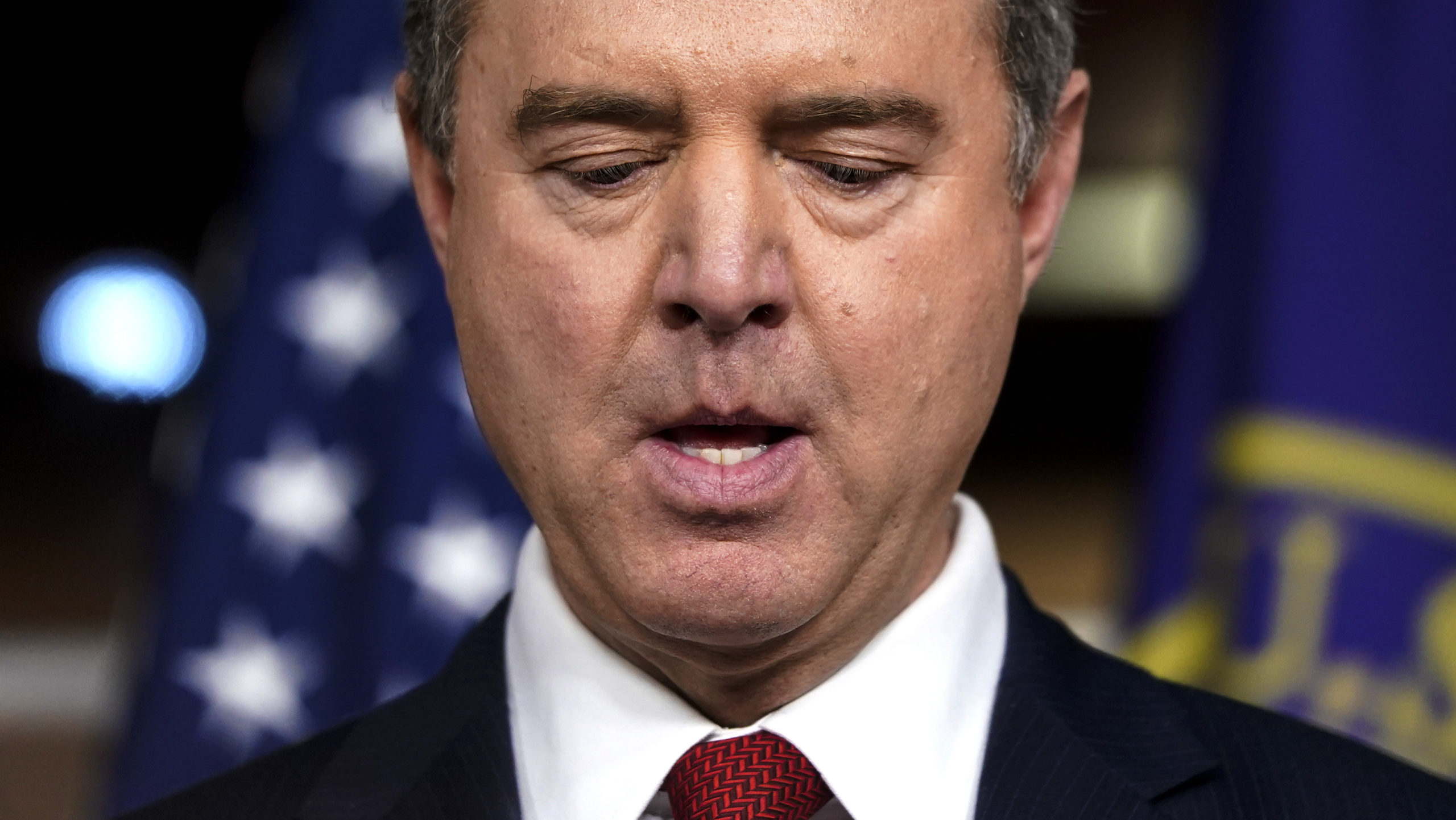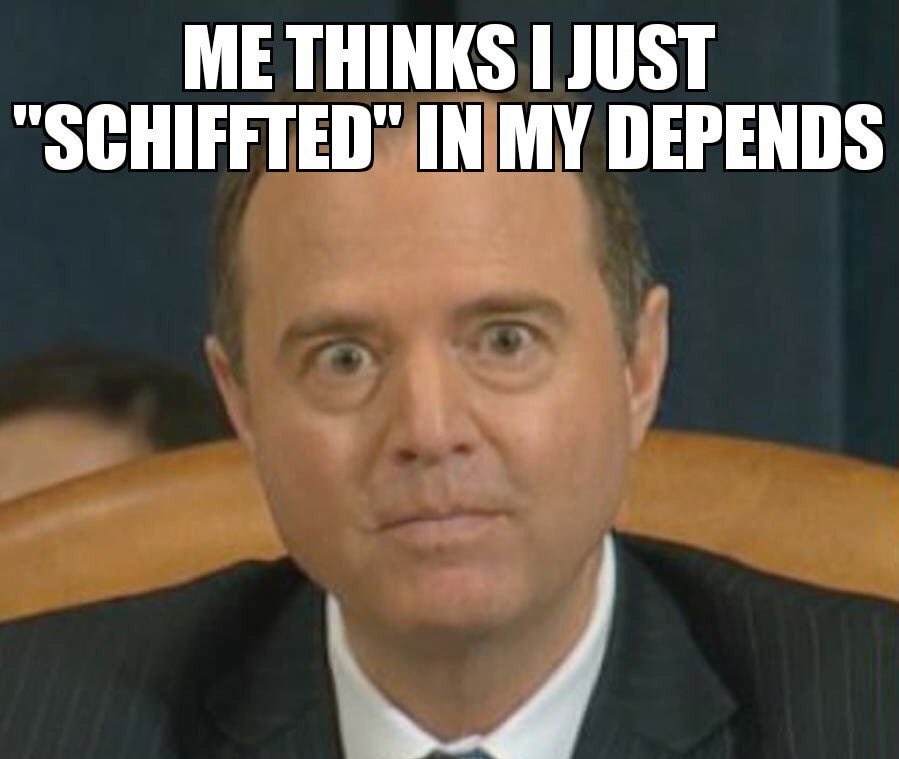

forces could not only communicate across broad channels, but map out terrain, observe and predict enemy actions, and use new guided, “smart” weapons that were, in theory, less indiscriminate. The 1990 Gulf War - known now as the first “ space war” - made U.S. (Reagan also, infamously, attempted to put in place the so-called “ Star Wars” program, which would have used spacebased lasers to shoot down incoming Soviet nuclear warheads.) Reagan’s Air Force became the first to test one on a spacecraft, destroying an old observation satellite in 1985. The global space arms race began with the Cold War, when both the United States and the USSR began testing ground-based anti-satellite (ASAT) weapons. A 2018 report from the Center for Strategic and International Studies (CSIS) trumpets: “Space capabilities enable the American way of warfare.” military’s global reach, servicing everything from navigation to weapons targeting to communications. Space infrastructure, particularly satellites, is key to the U.S. military dominance in space is really about maintaining military dominance back on Earth. A space war is becoming more and more likely. International conflict in space is no longer a plotline ripped from a sci-fi paperback. It’s on the basis of its potential wastefulness and redundancy that critics such as Defense Secretary James Mattis, ex-astronauts Mark and Scott Kelly, Air Force secretary Heather Wilson and other members of the military have assailed the idea.īut there’s a much bigger debate to be had.

The proposal is viewed by the space-savvy in the military as “either unwise, unnecessary or premature,” Moltz says - and almost certainly expensive. It’ll also take charge of any offensive capabilities developed for space, such as anti-satellite weapons (ASATs), introduce an “ elite group of joint war-fighters” to support the rest of the armed forces, and oversee a new agency dedicated to developing “cutting-edge warfighting capabilities” for space. Where Trump’s proposal differs is that it forms an entirely new military branch devoted to space, something James Clay Moltz, associate professor at the Naval Postgraduate School and author of The Politics of Space, says is “largely unprecedented.”Īccording to Vice President Mike Pence, the Space Force would include a new centralized command structure for space operations that would take over satellite-based military tasks such as surveillance and navigation for ground troops, as well as monitoring and tracking missile launches, all currently performed by the AFSPC. For all intents and purposes, a space force already exists in the form of the Air Force Space Command (AFSPC), a 36, 000-person division of the Air Force that’s been operating since 1982. It was easy to miss that the idea is not uniquely Trumpian - and poses a real threat.

Vox wondered if the Space Force would carry lightsabers. Such was the case in June when Donald Trump announced the creation of the socalled Space Force, a sixth branch of the U.S. military.Ĭritics mocked the idea as “ ridiculous,” “stupid” and part of an “ imaginary space war.” “There’s no threat in space! Who are we fighting?” asked Stephen Colbert. In the rush to heap scorn upon the Trump administration, the president’s critics sometimes miss the forest for the trees. President Donald Trump's Space Force contributes to a further militarization entrenchment and feeds money to defense contractors.


 0 kommentar(er)
0 kommentar(er)
